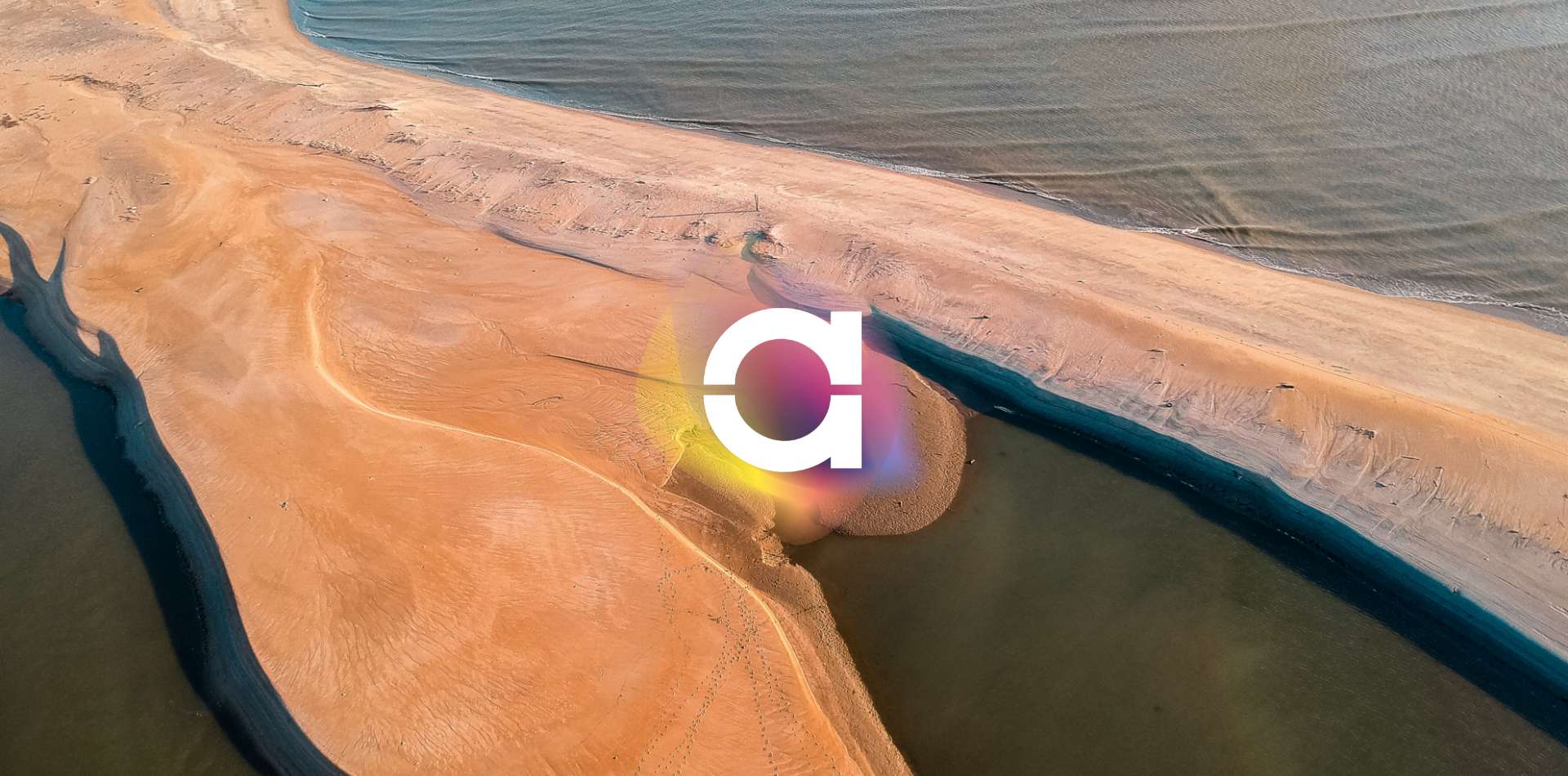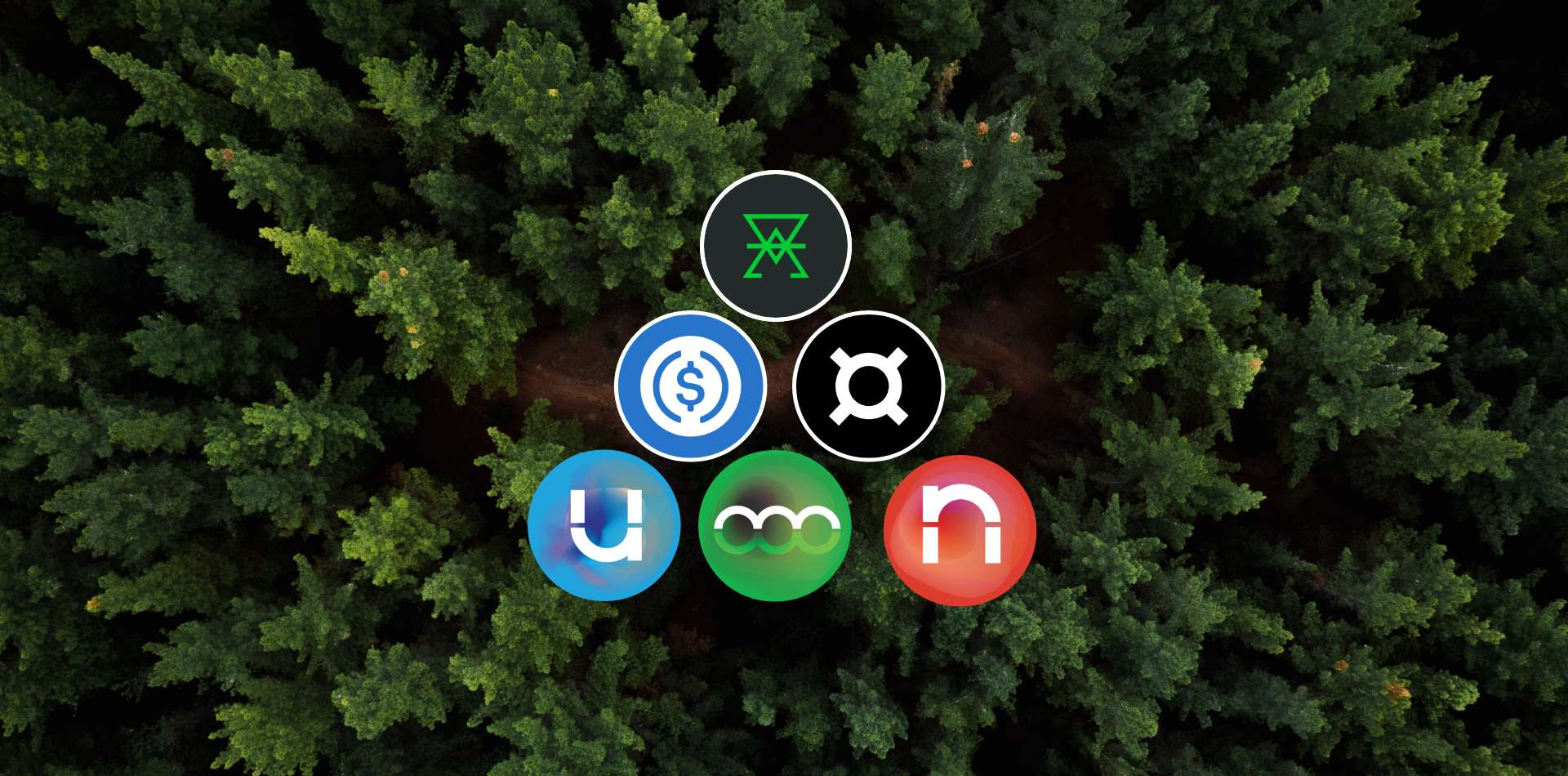
Introducing ARBOL and C3’s Diversification of on-chain Assets
To continue developing the on-chain carbon market, C3 is continuing to build, innovate and offer best-in-class products to its users. In our previous article we introduced some of the core building blocks of DeFi that we have leveraged to develop our system in a way that is fit for all stakeholders, on-chain and off. In this article, we introduce our plans for the diversification of on-chain carbon.
Increased Bridging Functionality
Note: although C3 has the technical capabilities detailed below, please ensure you have authorisation to proceed with bridging according to the appropriate registry’s terms of service.
C3 has enabled bridging for the American Carbon Registry (ACR), Climate Action Reserve (CAR) and Plan Vivo. The newly included tokenized carbon credits can be integrated into C3’s existing UBO and NBO pools.
In addition, C3 now has the capability to launch its ‘live’ carbon credit pools. Once launched, this means that users of the C3 bridge will be able to create and trade carbon credits on the blockchain that have not been previously retired in the legacy registry systems, per the existing ‘tokenization’ process of carbon credits. Hence, when a user of C3 burns one of our native ‘live’ tokens, a corresponding retirement will be made in the appropriate registry. To achieve this, C3.app users will need to send carbon credits to a defined account held by C3 in order to mint (or create) a corresponding on-chain carbon credit.
In order to deliver this, C3 will develop a new set of pools that are distinct from the existing UBO and NBO pools. However, the criteria for accepting credits into the pools will remain the same as they are defined in our Docs. These new ‘live’ pools will be referred to as ‘Universal Base Offset Live’ (UBOL) and ‘Nature Base Offset Live’ (NBOL).
In addition, we have more exciting plans to continue the diversification of the on-chain carbon market, as detailed below.
Carbon Removals
In addition to diversifying the carbon standards supported by our bridge, C3 also aims to diversify the type of carbon credits on the blockchain. One area of the market which is seeing increasing attention is that of carbon removal offsets.
Removal-based offsets, in contrast to avoidance and/or mitigation type offsets, are those which actively sequester greenhouse gas emissions from the atmosphere and then lock them for a variable amount of time. The ‘time lock’ or ‘carbon durability’ as it is often described as per the Science Based Targets initiative, refers to the amount of time that the sequestered carbon remains held in its storage medium, whether that be the biomass of a tree or a repurposed oil & gas well. As one can imagine, the different technology types which can be classified as carbon removal have quite different carbon durabilities. We’ve provided a few examples below:
Removals vs. Avoidance
Depending on the technology employed by a particular carbon offset project, the action of emissions avoidance or removal will be leveraged to varying degrees. On the side of avoidance/mitigation, we have renewables projects, which focus on replacing fossil fuel derived power with a green alternative. On the other side, we have biochar projects whose major focus is not on avoiding emissions, but rather on storing carbon in a semi durable form in agricultural soils — thus locking it away for decades to hundreds of years. In the middle are projects such as integrated forest management (IFM) which involve both forest protection and creating conditions where biomass can flourish — and thus remove and lock more carbon from the atmosphere. Note that even in the more carbon removal-focused biochar example, there are ancillary processes related to biochar formation that produce biogas which can be used as a substitute for fossil fuels. Hence, biochar straddles the line between mitigation and removal by offering both.
Importantly, in order to have a real chance at avoiding the worst effects of climate change, we need to work as diligently in avoiding additional emissions reaching the atmosphere through the decarbonization of our existing systems, as we do in removing existing emissions that have built up over previous decades. As it stands now, the state of technical progress means that it is more cost effective to mitigate emissions than it is to remove them. This is true even in the case of leveraging nature-based solutions (the cost of planting a new forest is greater than protecting existing biomass). Despite rhetoric stating carbon removals are the only viable solution to our climate conundrum, a pragmatic approach will reveal that supporting both emissions mitigation and removal offset projects in the short to medium term is the most reasonable (in terms of need, cost and scalability) compared to a removals-only strategy.
Note, however, that this does not diminish the value seeking to support highly experimental carbon removal technologies which can be deployed in future years to drawdown the levels of atmospheric carbon dioxide. Rather, the above seeks to highlight that capital allocations should be made to those technologies which will have the greatest long term impact and allow us to start scaling our fight against climate change — today.
Enter ARBOL
C3 currently curates two types of tokenized carbon pools: UBO and NBO. Both of these pools allow the deposit of removal-type offsets, but their current curation makes them far more attractive to specific price-classes of offsets, and thus technologies. The UBO pool is ideal for renewables and energy efficiency projects, whereas the NBO pool caters to nature-based solutions with a focus on emissions mitigation (e.g. forest protection, integrated forest management, and REDD+).
In order to meet the needs of clients seeking to diversify their offsetting strategy to include additional emissions removal type offsets, we are proud to launch the criteria for our ARBOL pool criteria (Afforestation and Restoration-based Offset Live).
The ARBO(L) pool will accept credits from leading registries, including Gold Standard and Verra, and support methodologies including:
- VM0021 Soil Carbon Quantification Methodology, v1.014
- VM0026 Methodology for Sustainable Grassland Management (SGM), v1.114
- AR-ACM0003 (CDM)
Note, we anticipate that ARBO will be launched as a ‘live’ pool only.



